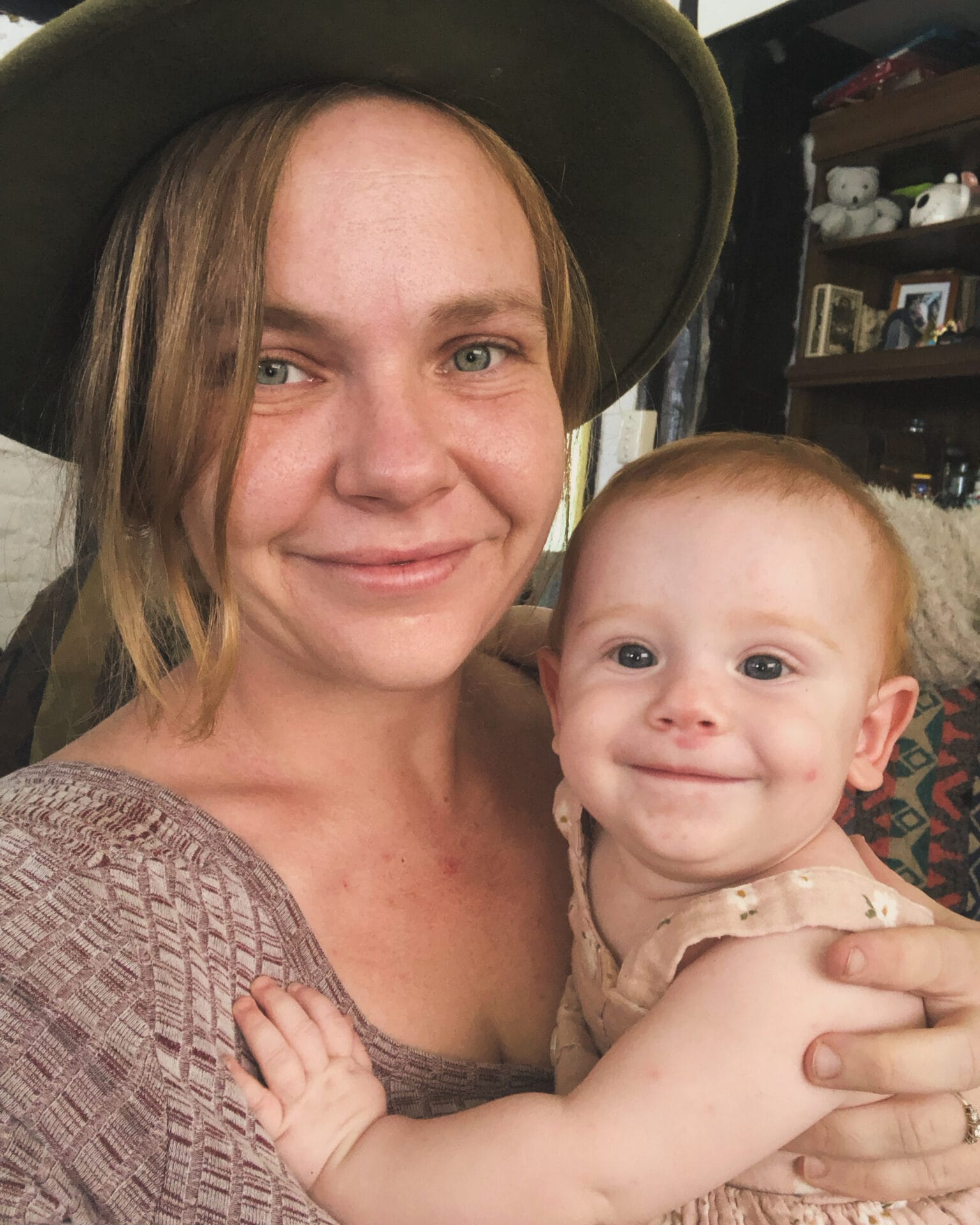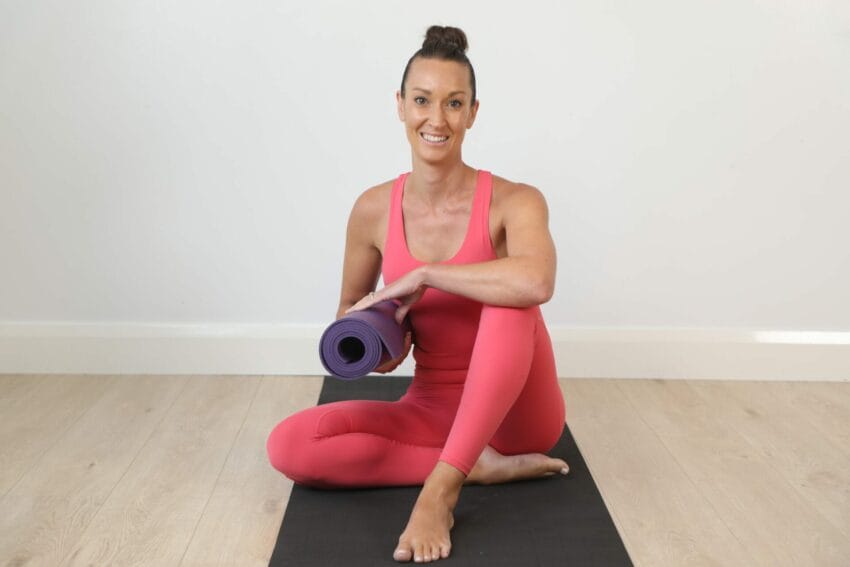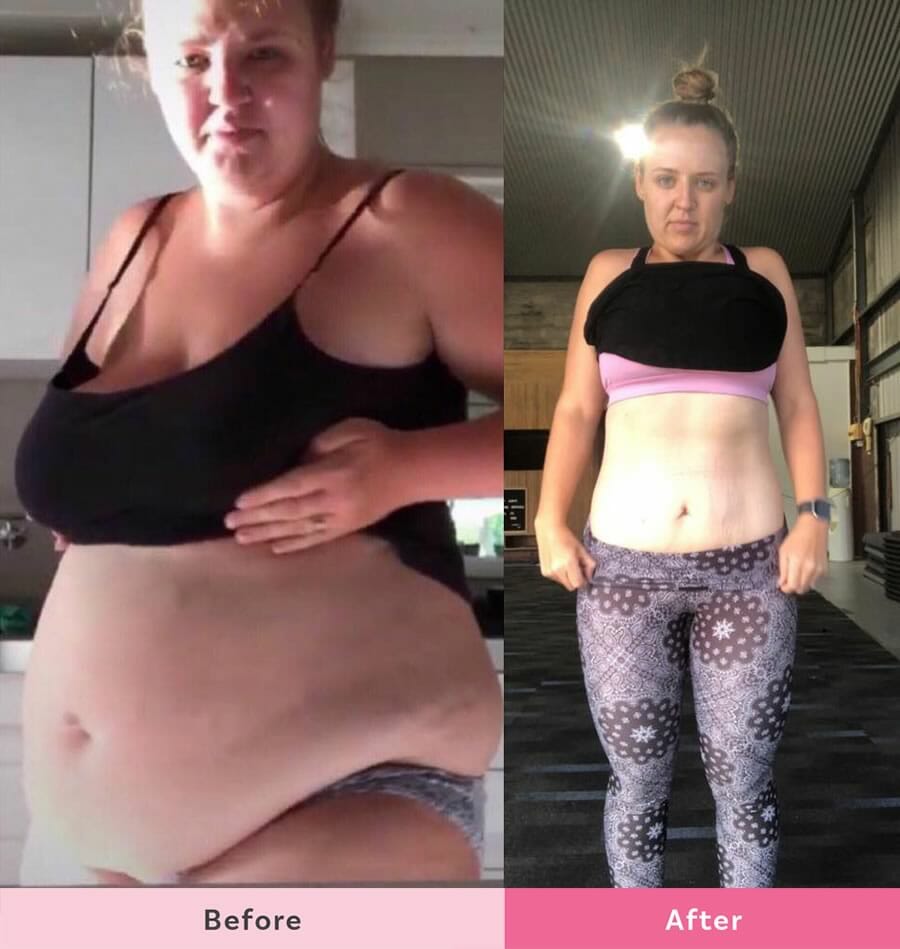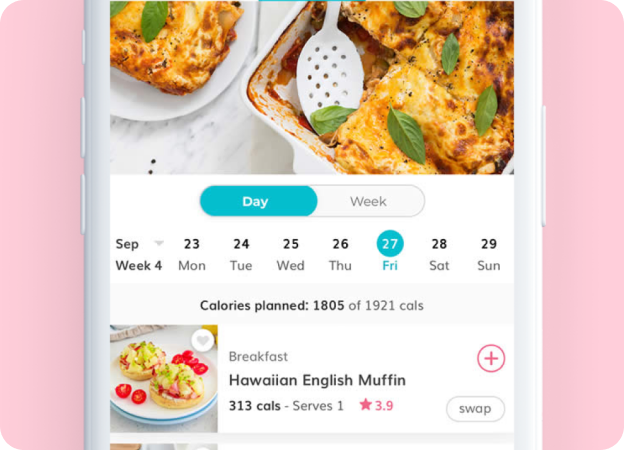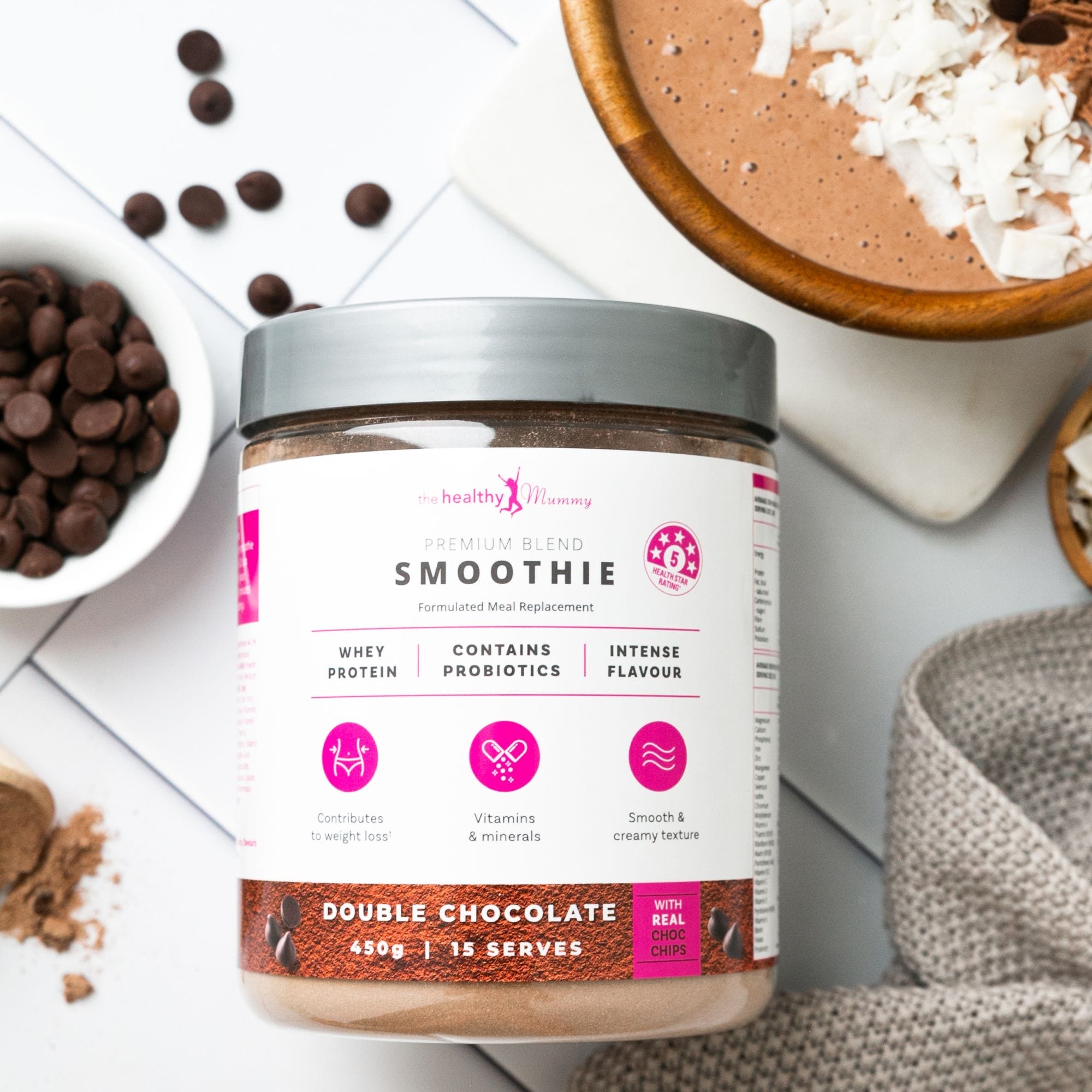What Is In Commercial Baby Food?
When it comes to feeding your baby, there are times when it’s convenient to give them a packet of pre-made baby food from the supermarket.
But with so many options available it’s also really confusing trying to work out which is the best brand to buy.
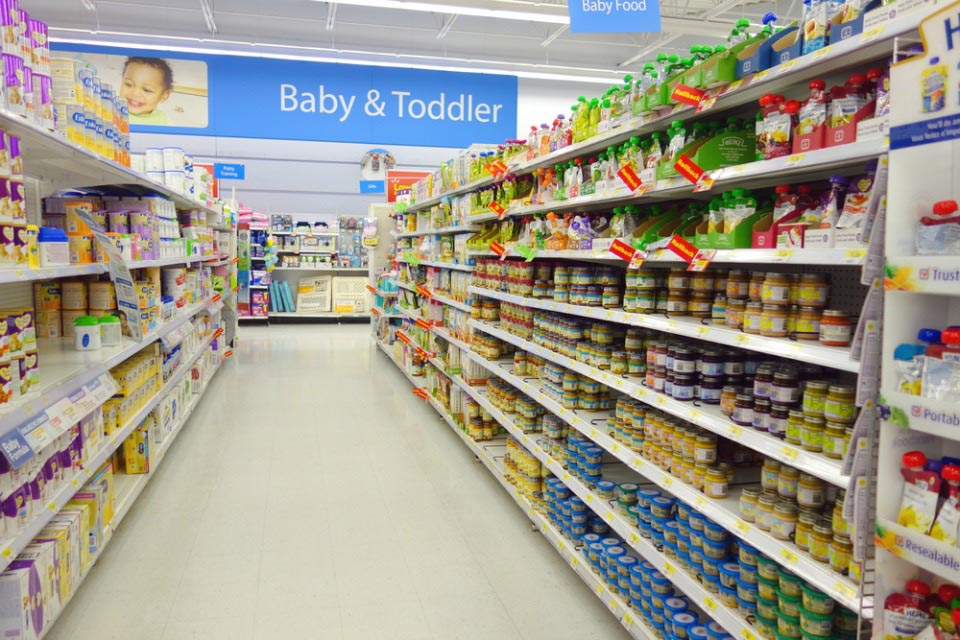 Some people worry that the food for baby from the supermarket is not very good for them. In fact, most of them are fairly nutritious. But as with most groceries, there are some that are better than others.
Some people worry that the food for baby from the supermarket is not very good for them. In fact, most of them are fairly nutritious. But as with most groceries, there are some that are better than others.
Today we have some easy to understand advice that you can use while you are perusing the baby food aisle.
Ingredients
The first thing to look for is the ingredients on the back. These are written in order, with the first ingredient being the largest percentage of the product.
You want to ensure the ingredients are all ‘real’ foods that you recognise. If there’s anything on there you don’t know or don’t like, put it back on the shelf.
Tip for what to look for:
- Ideally buy products that use brown rice instead of white rice, or wholemeal pasta instead of white, as this is a better option for bub.
- Ensure that there isn’t an overload of starchy vegetables in a savoury pack – for instance you could look to see if there are some greens included such as spinach or zucchini rather than just potato, carrot and corn.
- If it is important to you, look to see whether the ingredients are organic.
- Also look to see if they use olive oil rather than vegetable oil, as this is a healthier choice.
Percentages
The products also state what percentage each ingredient is of the whole pack.
- If you are choosing a savoury puree such as Sweet Potato, Carrot and Apple you can look on the back to see what proportion of the pack contains each ingredient. Some brands would actually contain 60 per cent apple which is not ideal, as this could lead your baby to develop a preference for sweet tastes.
- You can also think you are giving your little one a good dose of healthy greens only to see that the spinach content (for instance) is just 2 per cent of the whole package.
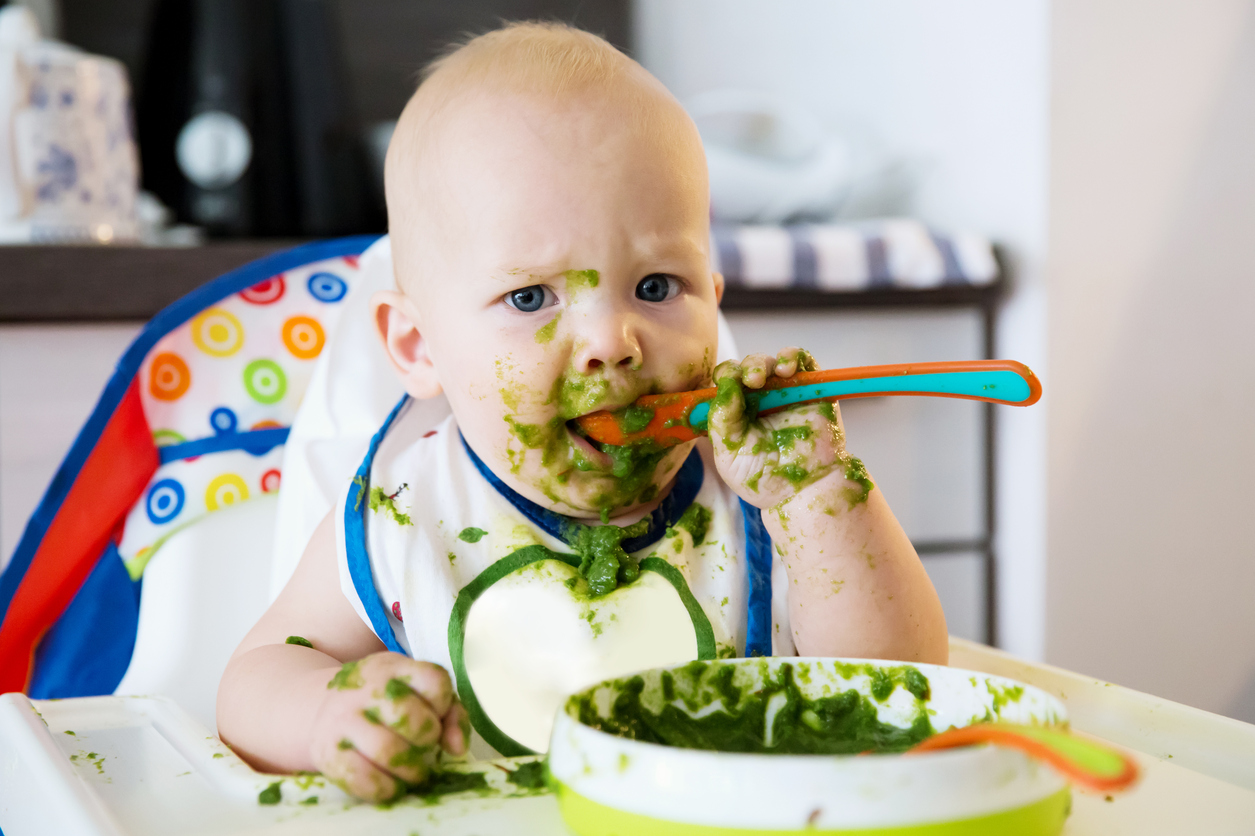
Meat
- When your baby is ready to eat meat, look out for pouches and jars that have around 15 per cent meat or more, such as chicken or beef.
- Some have as little as 6 per cent which is not enough protein to fill a hungry, growing baby. Compare that to a recipe that you would make at home (such as bolognese), where your protein content may be more around the 30 per cent mark.
Origin
- It’s always ideal if you can source food locally, rather than having it flown from overseas.
- We also love the idea of supporting local brands rather than foreign owned, if possible.
Sugar
- Ideally you want to be looking for only about 2g of sugar per 100g for a savoury meal.
- Naturally, a sweet meal will be higher in sugar, but always check that the sugar is just coming from real fruit, not fruit juice concentrate.
Salt
- A baby has a hard time processing salt (sodium) so always check that the sodium levels are not too high on the product.
- Baby food products for littler ones are regulated so that there is no more than 100mg of sodium per 100g – but still check the label for yourself, as the lower the better.
We also LOVE making our own baby food at Healthy Mummy HQ. You know exactly what’s in it (and what’s been left out). Check out our 42 Ideas For Homemade Baby Puree here. You can make it and freeze it so that you don’t need to be cooking every day.

